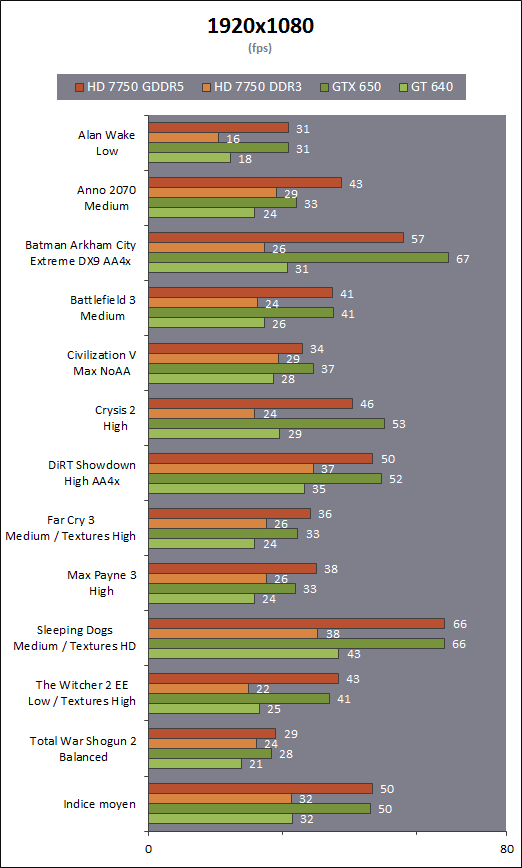Does it really matter whether or not Fiji is called next gen or not?What? So a 50-60% performance boost while running only a 25% increase in transistors and maintaining the same TDP is somehow not "real" next gen? Wow, I guess next year AMD is just going to go all Conan the Barbarian on everyone...
Fiji will likely have the GCN of Tonga, which was an incremental improvement of Hawaii, which was an incremental improvement of Tahiti. There are no earth shattering jumps in efficiency between Tahiti, Hawaii, and Tonga, though the latter is definitely an improvement.
The headline feature of Fiji is going to be HBM. You're saying it will have a 25% increase in transistors compared to Hawaii. I think that's unlikely. I expect more something like 35% to 40%, in line with the increase of shaders cores (45%).
I have no idea what you're suggesting here. I also don't know what you think will be so special about synthesizing for 14nm. IMO, the synthesis step will look a lot like typing 'make synthesis' on a command line.Or, due to the increased complexity of synthesis with TSMC/Samsung 14nm, they'll do much the same as Nvidia and re-synth their old cards with only ancillary upgrades.
I see the efficiency increase of Tonga as orthogonal to whether or not they'll rebadge some other chips. While nice to have, the improvements of Tonga are not game changers they way they are when going from Kepler to Maxwell. There is no point in redoing Hawaii and some smaller chips for this kind of improvement. (One can't help but wonder why Tonga exists in the first place.) Add to this the fact the 28nm is really long in the tooth. The lifetime of new 28nm chips that would be introduced in a month or two will be relatively short. Does that warrant the expense and effort to do it? I don't think so.And I suppose they decided to just rebadge absolutely everything for the "3xx" series again. A popular notion online despite last year's Tonga card showing a 17% increase in performance for transistor count and 25% increase in TDP for performance.
You seem to be of the opinion that 390X performing above the Titan X will be some kind of miracle? Of course, it will be faster. Anything else would be an epic fail. The question is how much faster it will be. If the difference is only marginal, then the question for AMD to answer will be why it was worth going through the trouble of using HBM.But I'm sure those improvements and any made since can wait till next year for a struggling company trying to stay afloat. Either that or all the multitude of leaks are right and the 390x will be around equivalent to even a bit above a Titan X at 4k, ...


